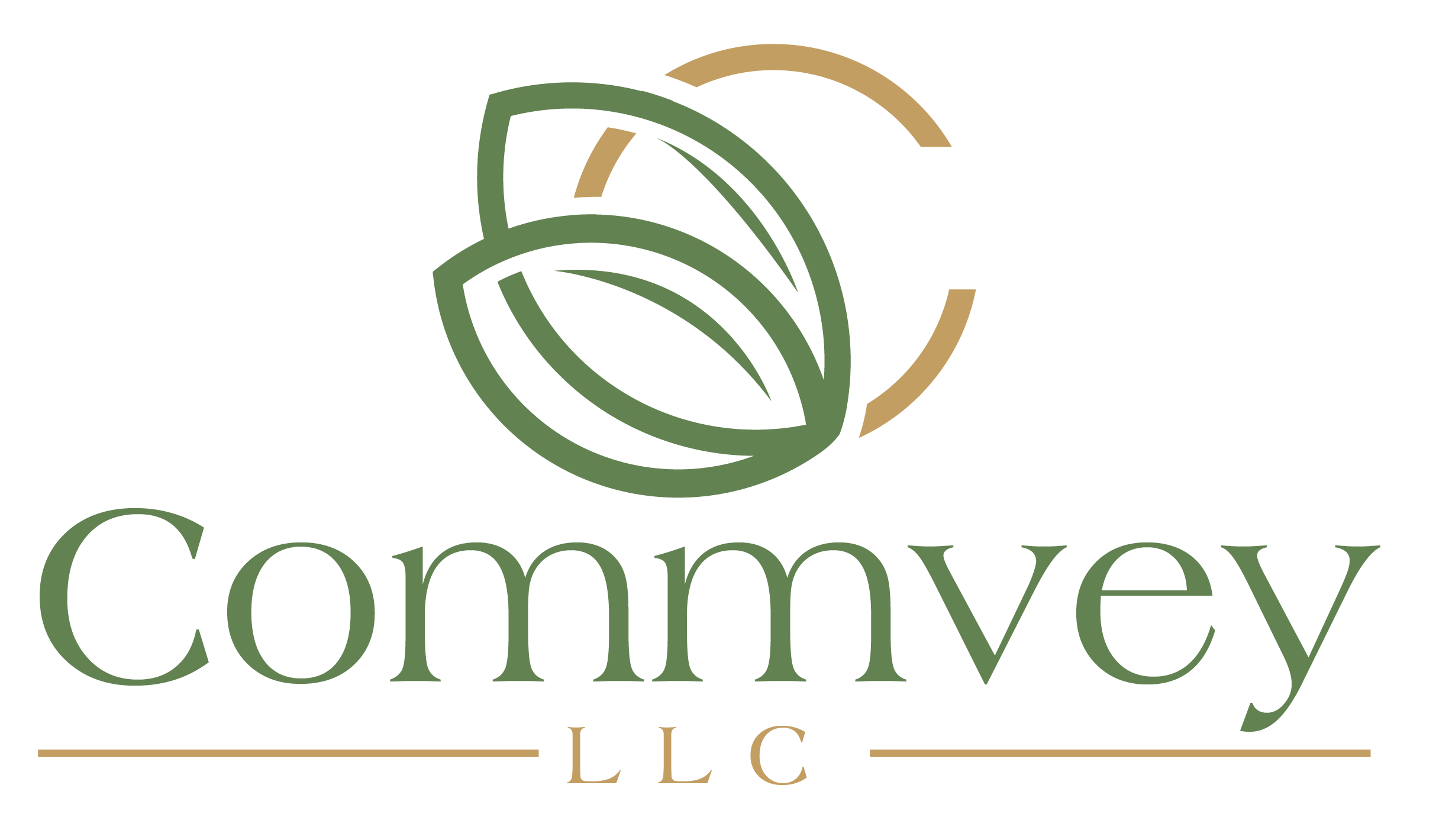So, how do we get there?
How to achieve successful outcomes through effective project management methods is a common challenge for many nonprofits. A culture of urgency often prevails, resulting in projects being rushed and implemented without sufficient planning or oversight. This often results in projects that fail to deliver the anticipated results. When this happens, the community and the organization suffer.
But how do we even begin?! Some questions to ask are: What is our ultimate goal? Is this the right time to do this project? Are we properly prepared? Do we have the budget to embark on this project? How do we define success for this project? What is the timeline for this project? What resources are needed for this project? How to answer these big questions is another question! This is where project management comes into play; so where do we start?
- Creating a Project Scope/Overview. It is important to determine at the outset (before starting the project) what the vision is for the project, as well as what the overall goals are. The goals should be quantifiable, such as: X number of people must be educated on proper food handling practices; Y number of families will have housing by the end of the year; Z number of families will learn a new skill by the end of Year 1. The vision statement is also important as it gives the project team direction as to what is expected of the project and what the finished product should look like.
- Defining the Stakeholders. This step is very important as it will help determine who will benefit from the implementation of the project and what their interests are. It is important to know if any potential barriers could arise during the project that needs to be taken into account during the planning phase. For example, there may be regulations in place that limit how the project is to be implemented.
- Developing the Work Breakdown Structure. Also known as a WBS, this is a table that details the steps that need to be taken to accomplish the project’s objectives. This serves as a roadmap for how the project team will move through the different phases of the project.
- Establishing the Milestones & Timelines. The project team needs to have milestones that are set throughout the life of the project to ensure that the project is on track and progressing as it should. This allows the team to identify any potential roadblocks and come up with possible solutions to overcome any challenges they may face. Knowing clear timelines will also give the team an idea of when they need to complete certain tasks so they can be completed on time.
- Determining the Cost & Budget. Once the work breakdown structure has been determined and the milestones have been identified, the team can then determine the estimated costs and budget associated with completing the project. It is important to take into account all of the necessary expenses and resources, as well as any anticipated costs that could be incurred during the project.
- Communication Plan. As part of implementing any project, it is important to keep everyone informed on the progress of the project and let them know if there are any changes to the original plan or timeline. Maintaining regular communication is important for ensuring that the team is working together to meet the goals of the project and avoid any potential roadblocks along the way.
- Project Risk Management. By identifying potential risks and taking measures to address them, the team can reduce the likelihood of encountering a problem while completing the project. By planning for these potential problems in advance, the team is better equipped to respond to any issues that may arise and ensure that the project is completed successfully. This also allows the team to respond to crises in a calm and collected way as opposed to feeling caught off guard by the problem.
- Tracking Progress. It is essential to keep track of the progress made on the project to evaluate how well it is going and identify areas where improvements can be made.
- Conducting the project. Getting to work on the project itself is a very important part of the planning process. However, this does not mean that the planning process should stop once the project has begun. If anything, the planning stage should continue as the project progresses to ensure that it continues to stay on track and meets all of the goals outlined in the plan.
- Evaluation. The last step of the planning process involves evaluating the success of the project and providing feedback on what went well and what can be improved in the future. We want to be sure we address the good points of the project while also identifying areas for growth so we can avoid making the same mistakes in future projects.
An effective project management method for nonprofits is involved and continues to grow as time passes. We are always learning and refining our approach to better meet the needs of our various stakeholders, and we are committed to continuing to innovate and implement best practices that will help us maximize the impact of our work. The steps above are a really good way to begin diving in and learning more about how to implement a project management methodology at your organization. If you have any additional questions or would like more information, we would be happy to assist you!
Want to learn more?
Schedule time with us


